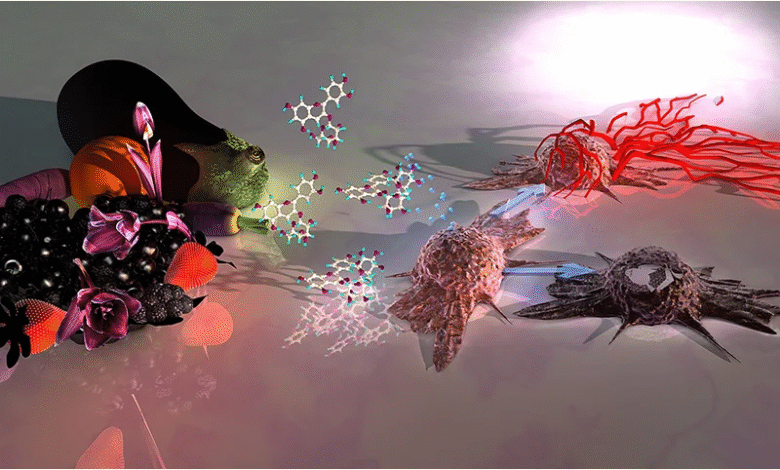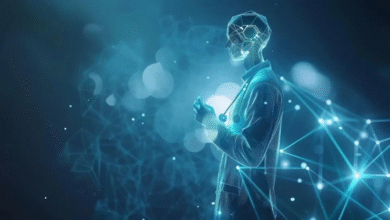Visualizing the Unseen: The Impact of Science Medical Illustrations and Medical Animation

In an age increasingly driven by visual content, the fields of medicine and science have found powerful allies in the specialized disciplines of medical illustrations and medical animation. These aren’t merely artistic embellishments; they are critical tools that bridge the gap between highly complex biological processes and human comprehension, fundamentally transforming education, research, and patient engagement.
The Precision and Clarity of Medical Illustrations
Science medical illustrations are the cornerstone of visual medical communication. Created by skilled artists with a deep understanding of anatomy, physiology, and pathology, these static images offer a level of precision and clarity that written descriptions often struggle to achieve. They distill vast amounts of information into digestible, accurate visual formats.
Their vital contributions include:
- Detailed Anatomical Representation: Providing meticulous depictions of organs, tissues, and cellular structures.
- Disease Progression Visualization: Illustrating the stages and mechanisms of various diseases.
- Surgical Planning and Guidance: Offering clear visual maps for complex surgical procedures.
- Textbook and Journal Enhancements: Serving as indispensable components of educational materials and scientific publications, aiding comprehension and retention for students and professionals.
- Conceptual Abstraction: Simplifying intricate biological concepts into understandable diagrams.
The Dynamic Power of Medical Animation
Building upon the foundational strength of illustrations, medical animation introduces the crucial dimensions of time and motion. These dynamic visual narratives bring biological processes, pharmacological mechanisms, and surgical techniques to life with unparalleled realism and detail. They excel at demonstrating events that are inherently dynamic and challenging to grasp from static imagery alone.
The transformative applications of medical animation include:
- Mechanism of Action (MOA) Videos: Visually explaining how drugs interact with the body at a molecular level.
- Physiological Processes: Illustrating complex bodily functions like blood circulation, nerve impulses, or immune responses.
- Surgical Procedure Walkthroughs: Providing step-by-step visual guides for surgical training and patient preparation.
- Disease Progression Simulation: Showing the chronological development of a condition within the body.
- Interactive Learning Tools: Creating immersive educational experiences for medical students and healthcare professionals.
Enhancing Patient Understanding and Public Engagement
Beyond the academic and professional spheres, both medical illustrations and animations play a pivotal role in patient education and public outreach. Empowering patients with a clear understanding of their health conditions, treatment options, and the reasoning behind medical interventions is paramount for informed decision-making and better health outcomes.
Their impact on communication with patients and the public includes:
- Demystifying Medical Terminology: Simplifying complex diagnoses and treatments into accessible visual explanations.
- Reducing Patient Anxiety: Providing clear visual walkthroughs of procedures can alleviate fear and foster trust.
- Improving Adherence to Treatment: When patients understand why they need to take medication or follow a specific regimen, compliance often improves.
- Broadening Scientific Literacy: Making cutting-edge scientific discoveries and public health initiatives comprehensible to a non-expert audience.
- Supporting Public Health Campaigns: Effectively communicating health risks, prevention strategies, and benefits of medical advancements.
In conclusion, science medical illustrations and medical animation are not just visual aids; they are powerful engines driving advancements in medical education, research dissemination, and patient empowerment. By meticulously translating complex scientific information into compelling visual narratives, these fields continue to revolutionize how we understand, teach, and communicate the intricate world of medicine. As technology continues to evolve, their role in shaping the future of healthcare will undoubtedly become even more pronounced.




